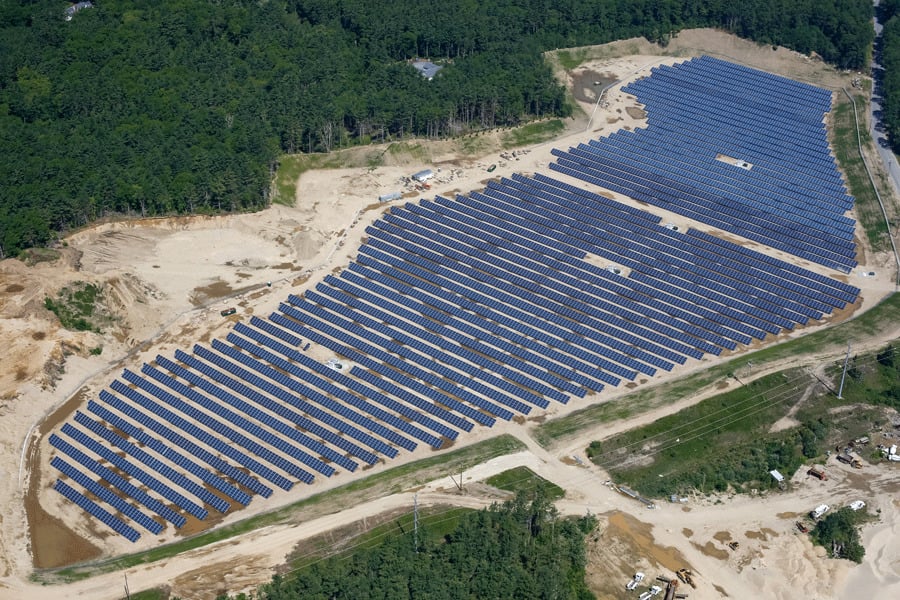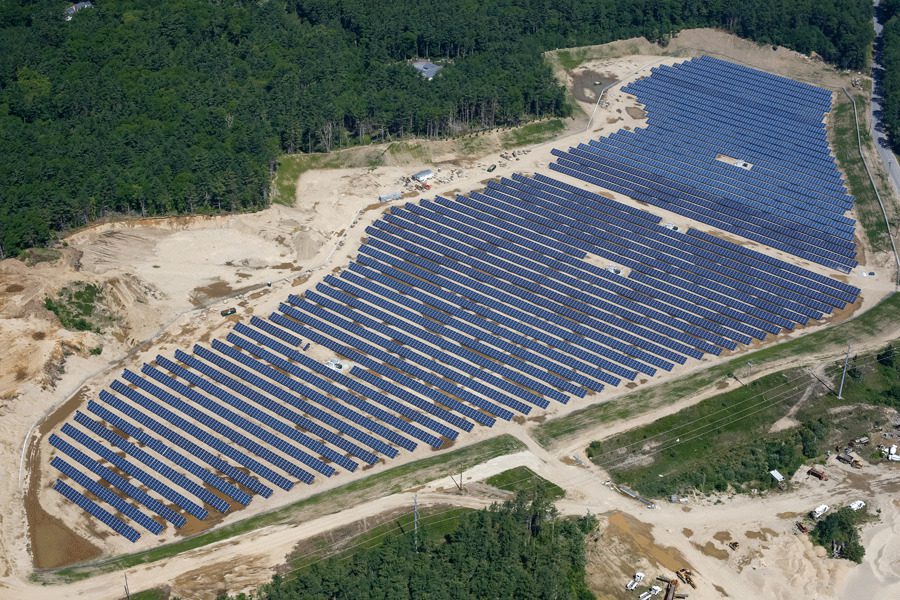
“As solar PV installations continue to double, these numbers are bound to drop, landing below US$700/kW shortly after 2030, and shrinking further to US$560/kW by 2050,” the report states.
The report also examines the learning rate of solar, which refers to a decrease in costs with every doubling of solar production capacity. Currently, the learning rate is at 26%, meaning that the average global LCOE in the solar sector will fall by 26% for each doubling of global capacity, but the report’s authors expect this figure to fall to 17% by 2050 thanks to the cost of components adjusting to falling expenses.
Regional differences and installed generation capacity
The report also anticipates that solar energy will continue to be led by North America and what the report defines as “Greater China”, referring to China, Hong Kong, Macau and Taiwan. In 2022, Greater China produced 30% of global solar electricity, while North America trailed behind at 18%. Both regions will experience a slight dip by 2050 but will remain dominant in the global solar energy sector.
Meanwhile, the Indian subcontinent will nearly triple its share of global solar capacity from 6% to 14% between 2022 and 2050, while the Middle East and North Africa will see its share increase from 3% to 12% over this period. By 2050, 37% of the Indian subcontinent’s electricity generation will be from solar, slightly higher than that of Greater China.
The report also predicted that solar will account for 54% of installed generation capacity by 2050, but it will only account for only 39% of global on-grid electricity generation.
“The efficiency or the capacity factors of solar power stations trail behind other renewable energy sources like wind and hydropower. Nevertheless, the underlying cause of solar’s rapid proliferation lies in its dwindling costs,” the report states.
Off-grid solar capacity
By 2050, off-grid solar will mainly be used in hydrogen production and serving isolated, or even rural, demands. Nearly 3TW of off-grid solar will be dedicated to hydrogen production, predominantly in Greater China (40%), Europe (26%) and North America (16%).
Additionally, about 137GW will be located in remote regions in Sub-Saharan Africa and the Indian subcontinent. The report describes these regions as areas that “offer vast untapped solar potential and hold the promise of transformational energy independence”.
Growth in both large-scale and off-grid solar capacity has driven an increase in total installed solar capacity that has been underway since the start of this century. In 2004, solar installations were at a modest 1GW per year. After 18 years, annual solar installations increased to 250GW.
According to the report, global installations will rise further to 500GW annually. By 2050, global solar PV capacities will reach 8.8TW in addition to 6.5TW of capacity for solar plus storage, bringing the total to 15.3TW.
Lastly, 10% of all new solar PV will integrate dedicated storage within a decade, but this number will increase to 62% by 2050, as solar-plus-storage becomes more common in the sector.






